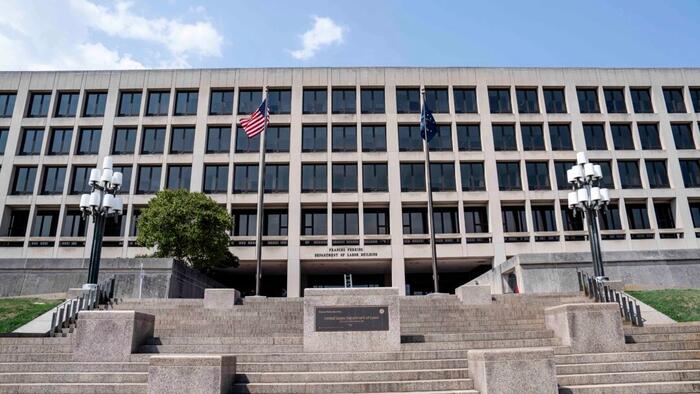In a significant ruling on December 10, 2024, U.S. District Judge Trevor McFadden asserted that National Labor Relations Board (NLRB) administrative law judges could be removed without a “good cause” justification, marking a departure from established protections that previously governed their removal. Before this ruling, NLRB judges enjoyed protections that required the board to engage in a complex procedure involving the U.S. Merit Systems Protection Board (MSPB) for any removal action. This process was noted as convoluted, with intricacies that included certain layers of protection for board members themselves being removable only for specific conduct-related issues. McFadden’s decision brings accountability to the executive branch and emphasizes the need for clear authority over administrative judges.
The ruling also referenced a precedent established by the U.S. Supreme Court regarding the Public Company Accounting Oversight Board (PCAOB), where justices deemed that layers of protection insulating officials from presidential removal were unconstitutional. The Court had affirmed that officers could not be protected by multiple layers that dilute executive accountability. McFadden highlighted that the NLRB judges, despite the NLRB’s argument of being less powerful than PCAOB members, exercise considerable authority within the Executive Branch. This includes the ability to manage cases independently, such as approving subpoenas, thereby warranting oversight and, if necessary, removal from their positions.
Judge McFadden expressed concern that the protective scheme for NLRB judges risks allowing federal officers to operate with a detachment from repercussions for their actions. He cited that this distance from accountability was a specific fear that the Framers of the Constitution had warned against, advocating instead for a system that ensures responsive governance. McFadden’s ruling reiterated that accountability to the president is crucial and that the existing removal restrictions created an environment incompatible with Article II of the Constitution, which encompasses presidential powers.
To support his argument, McFadden referenced the U.S. Court of Appeals for the Fifth Circuit’s finding that protections for SEC administrative law judges were similarly unconstitutional. However, he contrasted this with rulings from three other circuit courts that maintained the constitutionality of such protections, suggesting that other courts undervalued the executive power exercised by administrative judges in their adjudicatory roles. He ultimately deemed the rationale for the continued protection of NLRB judges as tenuous and insufficient to uphold their defenses against removal.
In issuing his judgment, McFadden eliminated the previously required step of consulting the MSPB before an NLRB judge could be removed, affirming that the board now holds the authority to manage its judges directly. The implications of this ruling extend beyond immediate personnel changes; it raises broader questions regarding the balance of power and oversight within administrative agencies and whether they effectively align with democratic principles of accountability and transparency.
The ruling originated from a case involving VHS Acquisition Subsidiary Number 7 Inc., which operates Saint Vincent Hospital in Massachusetts, illustrating that the decision comes in the context of a tangible labor dispute. Reactions to this decision have yet to materialize widely, particularly from the NLRB, which opted to refrain from commenting publicly on the ruling, while inquiries directed at the hospital’s legal representatives have not received responses. This ongoing scenario indicates the potential far-reaching outcomes of McFadden’s ruling that may influence the functioning and governance of labor relations in the United States.

